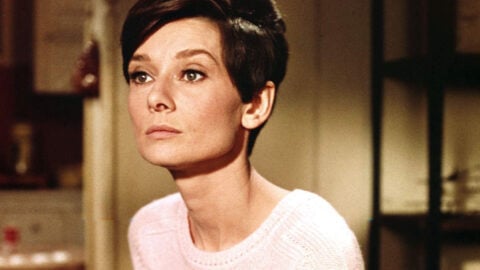By Laura Kern in the May-June 2018 Issue
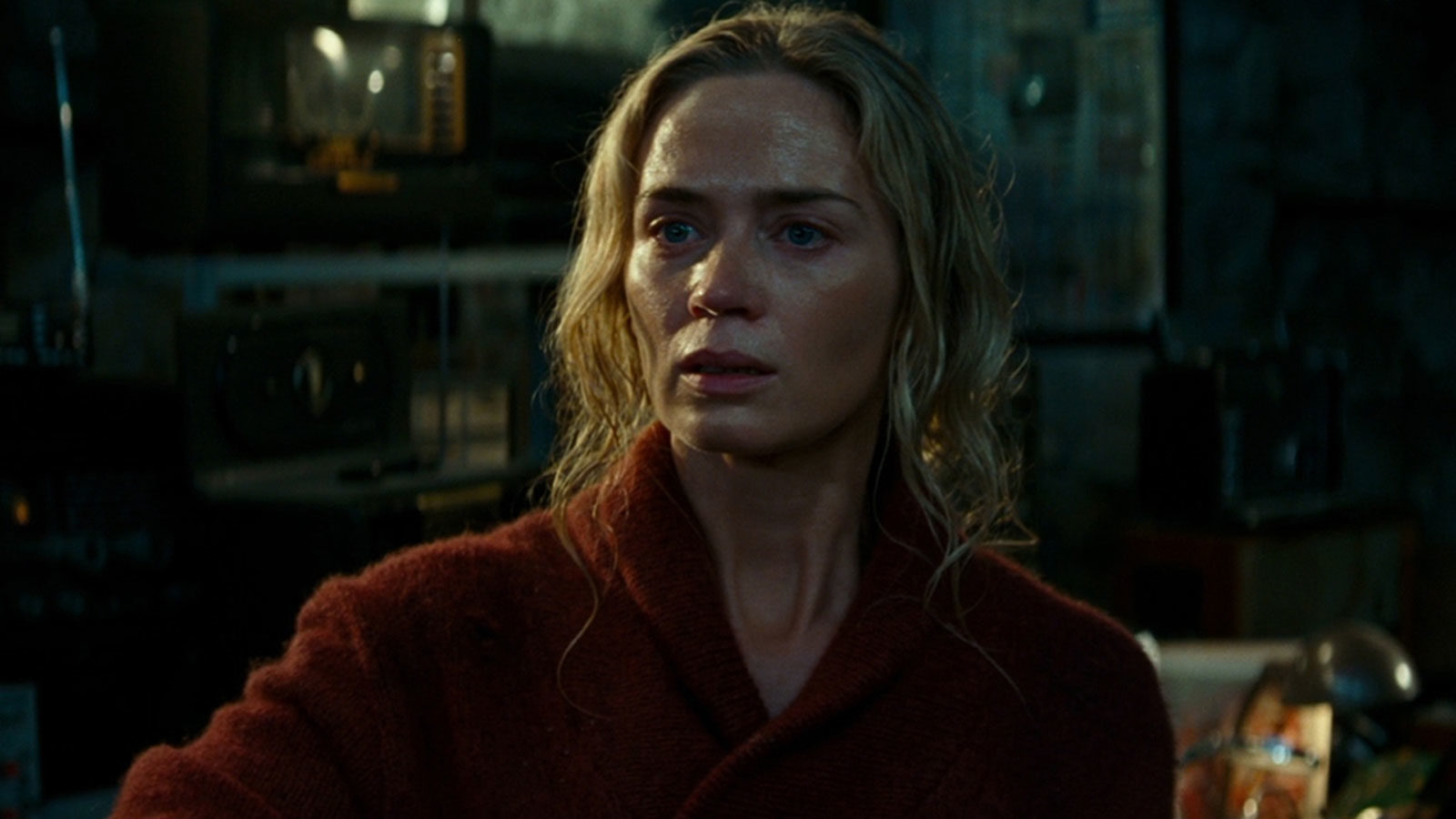
Scare Tactics: Senseless Violence
The loss of hearing or sight (or more) can trigger the ever-potent drama of survival against the odds
The five senses control a human’s every interaction, and when one malfunctions a sort of neurological rewiring must occur. The fascinating science behind that phenomenon, as well as the psychological aftereffects, inspire a wide range of cinematic possibilities—and this is without even delving into the prospects of the sixth sense, a mainstay in the horror universe. Believably and sensitively conveying characters who have lost their vision, hearing, or ability to speak is a challenge filmmakers have taken on since the early days of movies, applying particular functions to each genre. Melodramas of Hollywood’s golden age, for example, tugged heavier on the heartstrings, while in action movies like the popular blind-samurai Zatoichi series—as well as Phillip Noyce’s delightful 1989 Westernized update, Blind Fury—its heroes’ lack of sight provided added underdog cheer-on value.
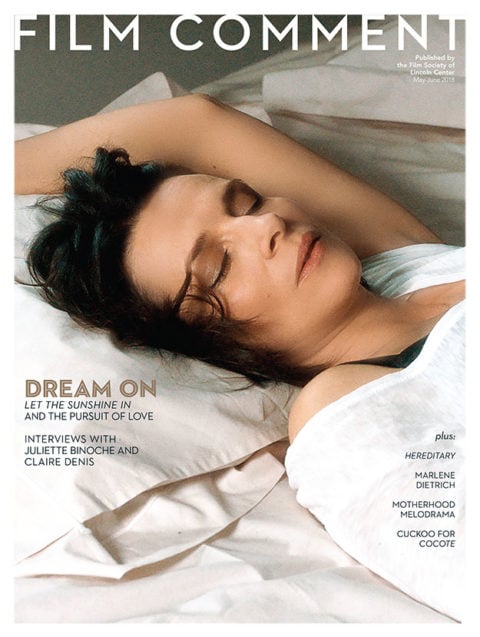
From the May-June 2018 Issue
Also in this issue
But in thrillers and horror films, when used effectively, sensory deficiencies serve to substantially ratchet up tension levels. Unyielding in its sense of unease, director John Krasinski’s masterful third feature, A Quiet Place, employs the nifty driving device in its version of a post-apocalyptic world: survivors must maintain absolute silence so as not to attract the hulking yet jarringly swift alien-like creatures that have inexplicably taken over upstate New York and most likely far beyond. The predators also happen to be blind, and in this case of a weakened sense overcompensated for by another, any sudden loud noise beyond the constant roar of, say, a waterfall, will catch their attention (even at a great distance) and likely be the last sound a person on their radar will ever make. That is something the Abbotts, the family at the center of the film, learn the hard way when in the introductory scene their youngest child switches on a noisy battery-operated toy. Abruptly down a member to four people, including the grief-stricken parents (Krasinski and Emily Blunt), a remaining son (Noah Jupe), and a deaf daughter (Wonderstruck’s Millicent Simmonds, who lost her hearing at age 1), they soldier on, with the weight of loss and guilt added to their burden. The film manages to almost wordlessly lay the groundwork for a strong, tender family dynamic, which is essential because when time flashes forward to over a year later, and the mom is now pregnant, no matter how tempting it is to fault the parents for their carelessness, our protective feelings take over—as does great dramatic tension: survival was already tricky, but how can they possibly stand a chance with a screeching newborn in the mix?
While other modern classics of claustrophobia The Descent (2005) and Don’t Breathe (2016) also feature sightless villains, both monster and human, it’s more commonly the victim that’s impaired. And, unsurprisingly for horror, they’re in most cases female. At the center of two standout examples of this elevated form of the damsel-in-distress story are newly blinded women left mostly to their own devices, home alone and faced with life-threatening danger. Unlike the small group fighting for survival in A Quiet Place, these women are able to cry out for help, but there’s no one there to hear them. Susy Hendrix (Audrey Hepburn) of Terence Young’s stage-originated Wait Until Dark (1967) finds herself embroiled in a convoluted plot masterminded by a trio of thugs who believe she’s in possession of a doll stuffed with heroin, and they’ll stop at nothing to retrieve it from her Greenwich Village basement apartment. Stripped of her sight by an automobile accident a year earlier, and with her husband now away on business, she’s left to outsmart them, relying on her heightened sense of hearing (she can identify a person by the squeak of their shoes) and an upstairs neighbor, a fearless young girl more than up for the adventure. In Richard Fleischer’s ultra-stylish See No Evil (1971), Sarah (Mia Farrow), blinded after being thrown from a horse and just released from an extended hospital stay, moves in with her aunt, uncle, and cousin in the country. She becomes reacquainted with the house, relying on sense memory to make her way around. But after being back only a short while, she arrives home one afternoon to find her family slaughtered—a particularly effective scene sees her draw a bath unaware that the water is filling in around a corpse—and it’s only a matter of time before the killer returns.
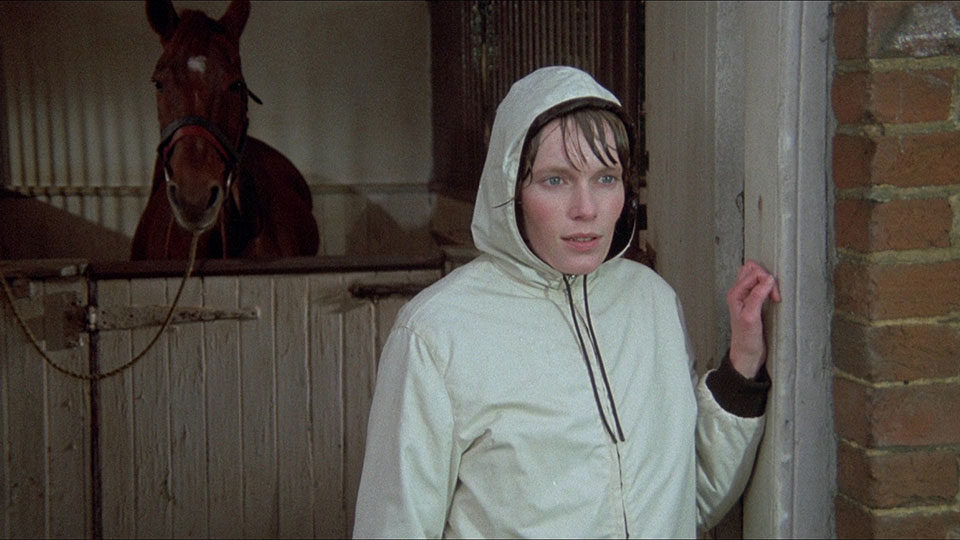
See No Evil
Blind for significantly longer—20 years, brought on by an abusive mother—the feisty heroine of Michael Apted’s under-appreciated Blink (1993), Emma Brody (Madeleine Stowe), may be more connected to the outside world than Susy and Sarah but her loneliness and alienation from living in perpetual darkness make her existence feel just as contained. Early in the film, she undergoes eye transplants, but instead of finding relief in seeing the world anew, Emma is faced with startling visions possibly connected to a murder that took place in her building. (The idea that you’re perhaps better off not seeing is also intriguingly explored in The Eye—the 2002 Asian original and its 2008 American remake—and Julia’s Eyes (2010). Both stories feature female protagonists, one who’s losing her sight and another who has regained it, seeing images so frightful that complete darkness may seem preferable.) Though Emma’s not exactly the most reliable witness—she suffers from visual delays, sometimes seeing a person in her mind 24 hours after the fact—she teams up with a cop (Aidan Quinn) and eventual love interest to help solve the case. And whereas Susy’s strengthened sense of hearing came in handy, for Emma it’s smell that ultimately holds the key.
There’s a moment in Blind Fury when the blind man and a young boy jump into a vacant car, attempting to flee their pursuers when the realization hits: “Who’s gonna drive?” Instincts persist, but they can’t always realistically be carried through. Two outstanding thrillers featuring female protagonists unable to speak strikingly communicate that nightmare-inducing sense of helplessness in desperate moments—in this case, the fear and frustration of not being able to articulate, with words anyway, as quickly as the situation may require.
“Isolation happened to me. I didn’t pick it,” Maddie Young (Kate Siegel) of Mike Flanagan’s Hush (2016) signs to her sister via Skype, who questions her choice of living in near-seclusion. Maddie, a writer deaf and mute since the age of 13, may have friendly neighbors, a pet cat, and a smoke alarm so piercing that it can shake the soul, but her family worries for both her safety and sanity. And, indeed, one night a masked murderer appears at her door and the movie transforms into a tense game of cat and mouse, with the roles alternating, as Maddie fights back to survive. In Anthony Waller’s Mute Witness (1995), Billy (Marina Zudina), who can hear but not speak, also becomes the silent prey. An American makeup artist working on a horror film in Moscow, she stumbles upon a snuff film being shot after hours on the lot. Once spotted, she spends the remainder of the film being chased by the perpetrators, in one of the most anxiety-inducing pursuits in memory.
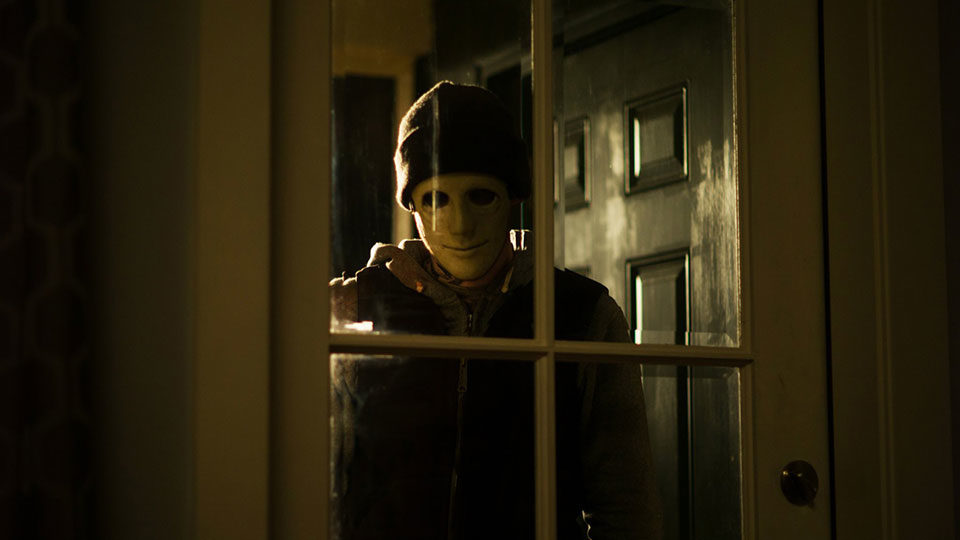
Hush
Films have on occasion broadened the scope, perhaps none as widely as Blindness (2008), Fernando Meirelles’s failed attempt to translate the devastating dark beauty of José Saramago’s novel to screen, in which all of its many characters—except for one, played by a miscast Julianne Moore—lose their sight not to the usual blackness but a bright white light. Similarly, David Mackenzie’s more engaging Perfect Sense (2011) takes place during an unexplained epidemic where people are losing not just their sight but all their senses, one by one. But it is within contained worlds—a character’s, signifying personal confinement, and a film’s, creating an experience that grips and unnerves—that the purest terror resides. While there’s something undeniably gratuitous about further victimizing a victim, because these characters are already survivors—of difficult pasts, of life-altering accidents—who approach every day with complexes about being a burden and not wanting to rely on help from others, their fragility transforms into strength. They are tough cookies, perhaps even better equipped to fend for themselves than those with all senses intact, or than they themselves might have been in simpler times. They effectively face their fears while fueling ours.



